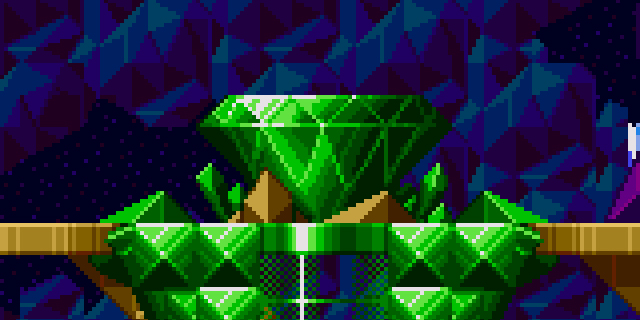
My dad and I used to joke around about the moon landing. We laughed about how crazy it would be if the whole thing was faked. We humored our curiosity by researching all the literature and pictures attempting to sway popular opinion, and some were even almost convincing. We still talk about it today, how NASA is an entity shrouded in mystery, how it could be hiding interstellar secrets from us and how it’s entirely possible they could have doctored the photos.
Are we crazy? Probably, but that’s not the reason why we delved into this conspiracy theory. We did it because it was fun. Because thinking you’ve discovered some grand clue the masses missed entirely makes you feel unique, and everybody loves a good mystery (as Andrew pointed out in his guest Serotonin). Conspiracy theories, myths and legends aren’t about factual evidence or proving somebody wrong. They’re enticing because the community surrounding them is full of colorful characters. You’ll usually find dozens of videos with ominous narrations explaining why the Loch Ness Monster is real, and what the authorities are doing to cover it up. Fighting against the establishment is another urge that creeps into our minds once in a while, and this is a healthy way to do it.
Video games are no stranger to rumors and whispers. Tens of thousands of different games are being played at any given time, creating new communities and dialogues among fans every day. Somebody is bound to come up with some impossibility due to a glitch they saw, or simply something they heard. A statement based on a wish becomes a rumor, rumors become widespread myths and conspiracy theories are born. Most of them are completely untrue, just ramblings of a crowd that want something impossible. Like the myth of how you can resurrect Aeris in Final Fantasy VII by using some underwater materia. Totally fake. Or the Sasquatch appearing in San Andreas.
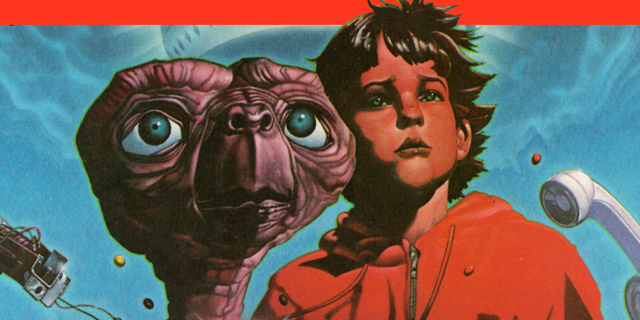
That doesn’t mean they’re all untrue, however. One of the more famous gaming myths was recently uncovered. In 1983, Atari rushed out one of the biggest commercial failures in video game history, E.T. the Extra-Terrestrial. Ballooned development costs, refusal to test the product and an overly optimistic sales forecast led to a complete disaster. In the end, the urban legend grew that Atari had buried hundreds of thousands of unsold games, many of them E.T., in a New Mexico landfill.
Companies throw out things all the time, but several hundred thousand copies is a number too hilarious to have been true. You can just imagine how many terrible games you’ve played and wished that it had been buried in some dumpster instead of winding up in your living room. But this was Atari! It was no stranger to the industry. Pong! Breakout! Centipede! How could Atari possibly have misfired this badly?
This was also back in 1983, long before the days of the Internet. This was way before gaming was a mainstream entertainment choice. Arcades were rampant, but not everybody knew the ins and outs of gaming like we do today. There wasn’t any YouTube footage, or a blog post from an insider source or a rant from an employee revealing the truth. Many avid players today weren’t even alive in 1983, and Atari doesn’t exactly boast about it. All these wonderfully clandestine ingredients mixed together made for one great myth.
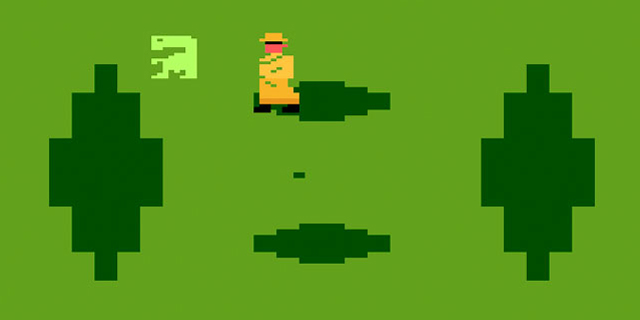
A factual myth, in this case. (Sort of, anyway.) In April 2014, a crew excavated some of the buried cartridges. A documentary film crew covered the event, watching as about 1,300 copies of various games were unearthed. E.T. was among them. Some were given to museums, and others to the documentary film crew. Others, no doubt, will end up on eBay or Amazon and sell for a heavily inflated price. The cost of legend, I suppose.
I always thought the E.T. burial was factual, so it wasn’t as much of a personal conspiracy theory to me. I enjoyed reading about it, sure, and seeing the unearthed pictures after 30 years of hearing about it was a nice conclusion to this oddity in gaming lore. A much more personal myth of mine was the secret, unused level from Sonic the Hedgehog 2, the Hidden Palace Zone.
I always was a Nintendo kid, so it was a pleasant surprise to find one of my friends in grade school had a Sega Genesis. It opened up a whole new catalog of games to me, but we mostly focused on the Sonic games, in particular, Sonic the Hedgehog 2. Released in late 1992 (long before the Internet, remember?), this was easily one of the best sequels ever and still remains a fan favorite. It improved upon every aspect of the original Sonic. Sharper colors, better controls, more moves and the introduction of a multiplayer mode made for a fast-paced, thrilling platformer many fans consider the best in the series.
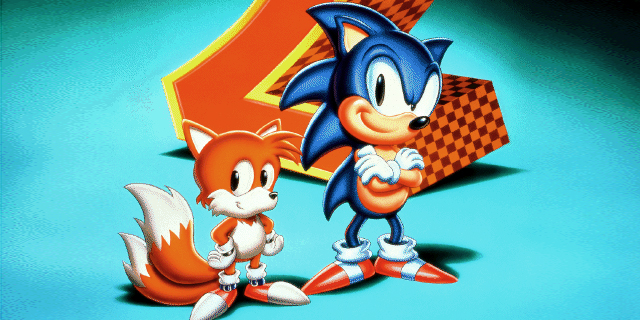
We were fanatical about the game. The music was outstanding; it ranged from techno punk to something you’d hear while strolling in a park. We endlessly debated about how to beat the final boss, who seemed impossible to a couple of eight year-olds. I mean, you didn’t even get any rings to absorb hits at all!
We eventually beat it, but it didn’t stop us from playing. One day, his older sister walked in and grabbed the controller from us. We protested, but shut up quickly when she said she’d heard a friend of hers tell her that there was a secret level.
A secret level? What secret level? Where is it?
She didn’t know.
What’s it called?
She didn’t know.
How do you know it exists?
She just knew.
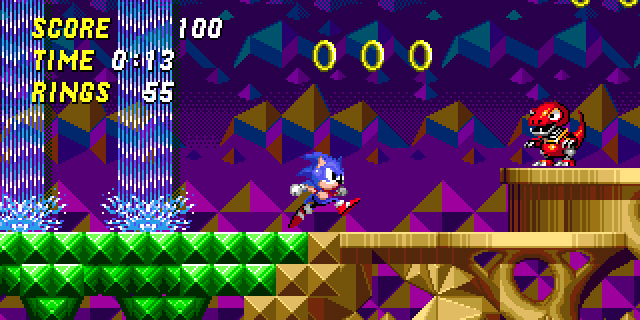
This resulted in months of trying absolutely everything to uncover the mystery. Resources were limited, so we did it the old fashioned way – jumping off every cliff, hugging every wall and dying. Dying, dying, dying. Oil Ocean seemed to be the only lead we had, so we drowned that poor blue hedgehog hundreds of times in the vast, black ocean of goop. Nothing doing. Disheartened, but not angry, we gave up and moved on when Sonic the Hedgehog 3 was released. It remained in the back of my mind for years, but I forgot about it eventually. I chalked it up to just another rumor kids tell each other based on misheard hearsay.
Of course, the Hidden Palace Zone wasn’t a myth. It was real. So very, very real. It’s important to note this information has been around for quite some time, I just didn’t discover it until years later. It is indeed a scrapped level from the final version of the game. Screenshots of the level were released in video game magazines and pamphlets prior to release. The level itself went through many shifts in development; it was originally going to be two acts, then one. It was going to be a level players could access after collecting the seven Chaos Emeralds and as a reward, receive the power to morph into Super Sonic. Background art from the level was re-used for other levels. In the sound test, there’s an option to listen to the soundtrack of the level (which, I think, is one of the best tracks in the game). There’s so much meat to this urban legend that I still enjoy reading about it today.
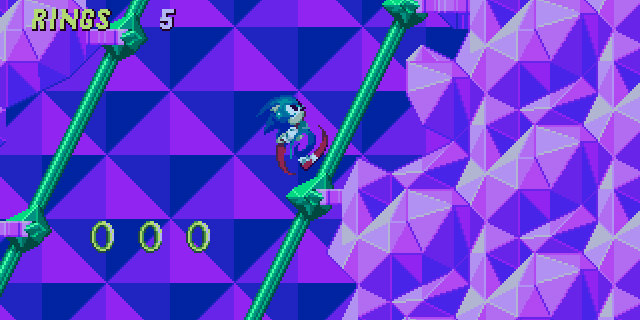
Why the level was scrapped is open for debate. Some claim the concept of the level was too complex. Newer editions of the game actually include the level. We know the decision to remove the level was a very late decision, but it wasn’t the only level to be scrapped; Wood Zone and Genocide City Zone (what a name…) were levels scrapped earlier in the development cycle and I just learned about those while typing this. Fascinating.
If only I could lecture my eight-year-old self about this. I’m sure my reaction would have been the same as when dad and I learned about the supposed doctored photos of the moon landing: a combination of excitement, skepticism, intrigue and wonder. When you hear rumor after rumor of obvious nonsense, finding out that one of those rumors is actually true is mind-boggling. What other rumors are true? What other gaming legends have an ounce of fact to them? It took more than ten years for the world to find out you can actually play as Master Hand in Super Smash Bros. Melee. Try not to be so skeptical, you never know.



















